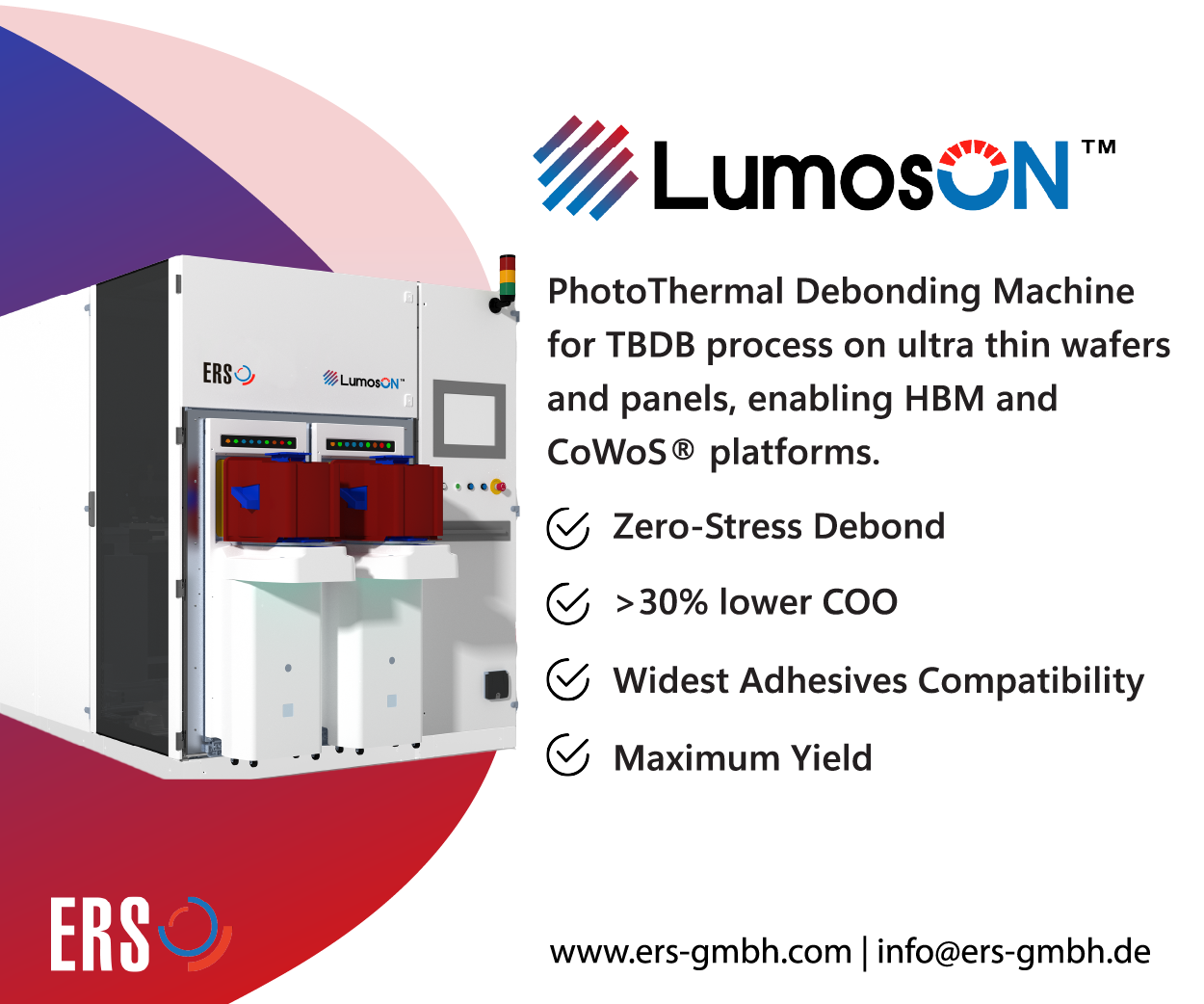It’s a great time to be selling secondhand or refurbished goods.
Individuals wanting to adopt greener lifestyles often turn to secondary markets for everything from clothing to furniture. The dual benefits of saving money and saving the planet are very appealing. Gently used items can be just as functional and attractive as new ones. Older or much-loved pieces often need refurbishing. They can benefit from minor repairs, new upholstery (perhaps using secondhand fabrics), or a new coat of paint.
The secondhand aesthetic hasn’t been promoted as much in the semiconductor industry. There are multiple reasons that fabs and contract manufacturers automatically buy new parts and equipment when they need to expand or upgrade their facilities. There are also many good reasons to choose suppliers from the secondary market.
The Challenge of Getting OEMs on Board
When fabs can no longer use a particular tool to make their latest generation of chips, it often ends up as scrap. They could recycle it, but that is not the default approach. It’s the same thing if a part or component stops working. Instead of replacing the lenses in a lithography tool, for example, companies just order a whole new tool.
Semiconductor tool original equipment manufacturers (OEMs) have not traditionally supported the secondary markets because they would rather sell their newest tools. The secondary commodity market is about 10% of the total equipment market. But it has grown tremendously in the past year and is likely to accelerate despite certain barriers.
Part of the solution is changing people’s perception of used equipment. The vintage angle that appeals to buyers of clothing or furniture won’t work. The semiconductor industry can, however, take an approach from automotive. A “certified pre-owned” vehicle sounds much more attractive than a used car. A reputable car company has inspected and repaired the car so that customers can trust that it will be reliable and not fall apart as soon as it leaves the lot.
A certified pre-owned vehicle is cost-effective for the buyer. Pre-owned vehicles, though, are not nearly the bargain they used to be. In the automotive market, the chip shortage that has delayed the production of new cars has been a boon to anyone selling used vehicles. Prices for used cars are up an astonishing 40% compared to a steady baseline from early 2019 through mid-2020.
For example, in early 2022, my son bought a 2015 Subaru Forester for $25,000. That’s about the same as the MSRP of a brand-new 2022 base model of that car. Of course, dealers are selling new cars at far above the MSRP, something that has never happened before.
Something similar is happening with semiconductor tools. The lead time is so long for new tools that fabs that wouldn’t normally consider secondary markets are re-evaluating their approach. Instead of scrapping a tool, they are more likely to replace damaged parts. The parts often come from dismantled tools. Demand for refurbished circuit boards, motors, lenses, and other components has skyrocketed.
Third-party suppliers can sometimes charge just as much as OEMs for refurbished tools and parts. When customers are desperate for equipment to meet their demand, they will accept whatever price the market can bear.
There are risks, though. In most cases, buying used tools is different than buying a certified pre-owned car from a dealer. There is no standard certification process for refurbished semiconductor tools. A spec sheet can provide some level of confidence, but there’s no guarantee that the performance will meet expectations.
Who’s Playing in the Secondary Markets?
SurplusGLOBAL has been offering high-quality, pre-owned semiconductor equipment for decades. CEO Bruce Kim is proud to say that his company has recycled 40,000 tools in the past 20 years. Now SurplusGLOBAL has a new option for facilities considering refurbished parts and equipment. In 2021, the company opened a Semiconductor Equipment Cluster in South Korea. The facility includes a cleanroom, refurbishment bay, a warehouse, and office space. Customers can evaluate the performance of tools before purchasing them.
Semiconductor equipment OEMs are also getting into the resale market. KLA now offers refurbishment and certification along the lines of the car dealership model. It sells “certified and remanufactured” tools for metrology and defect inspection.
The recent growth in secondhand tools is driven by a gap between supply and demand. But the semiconductor industry is cyclical, so eventually, the gap will close. What then?
From a sustainability perspective, I hope that the acceptance of refurbished equipment that has developed out of necessity will result in a permanent shift. There is a tendency to get excited about the latest, most advanced technology. In reality, a lot of devices can be, and probably should be, made on 200 mm wafers using older equipment.
In consumer-facing markets, customers increasingly want recycled content. That is especially true for product packaging. But people also appreciate products made from recycled and reclaimed materials. They are no longer considered subpar.
I believe that can a similar mindset shift can occur for the semiconductor industry. There is a huge opportunity to reduce waste and, in many cases, to save money. While the right to repair legislation will not cover industrial equipment, companies can still choose to replace parts instead of scrapping tools worth many millions of dollars. I, for one, hope that more fabs take that route.



















